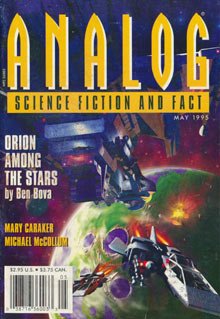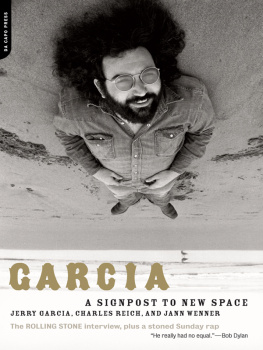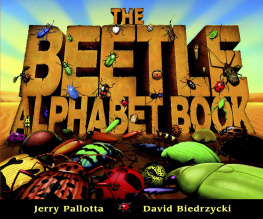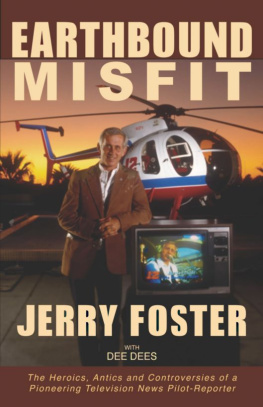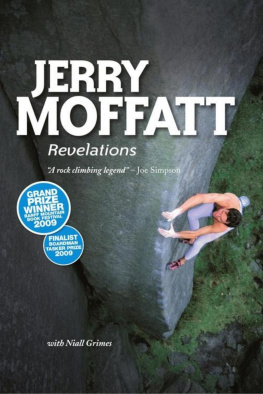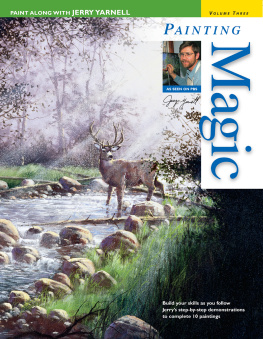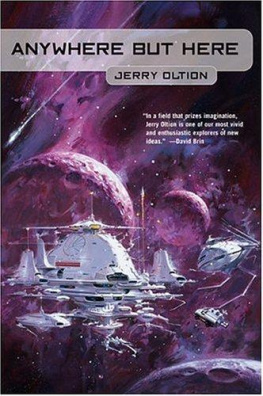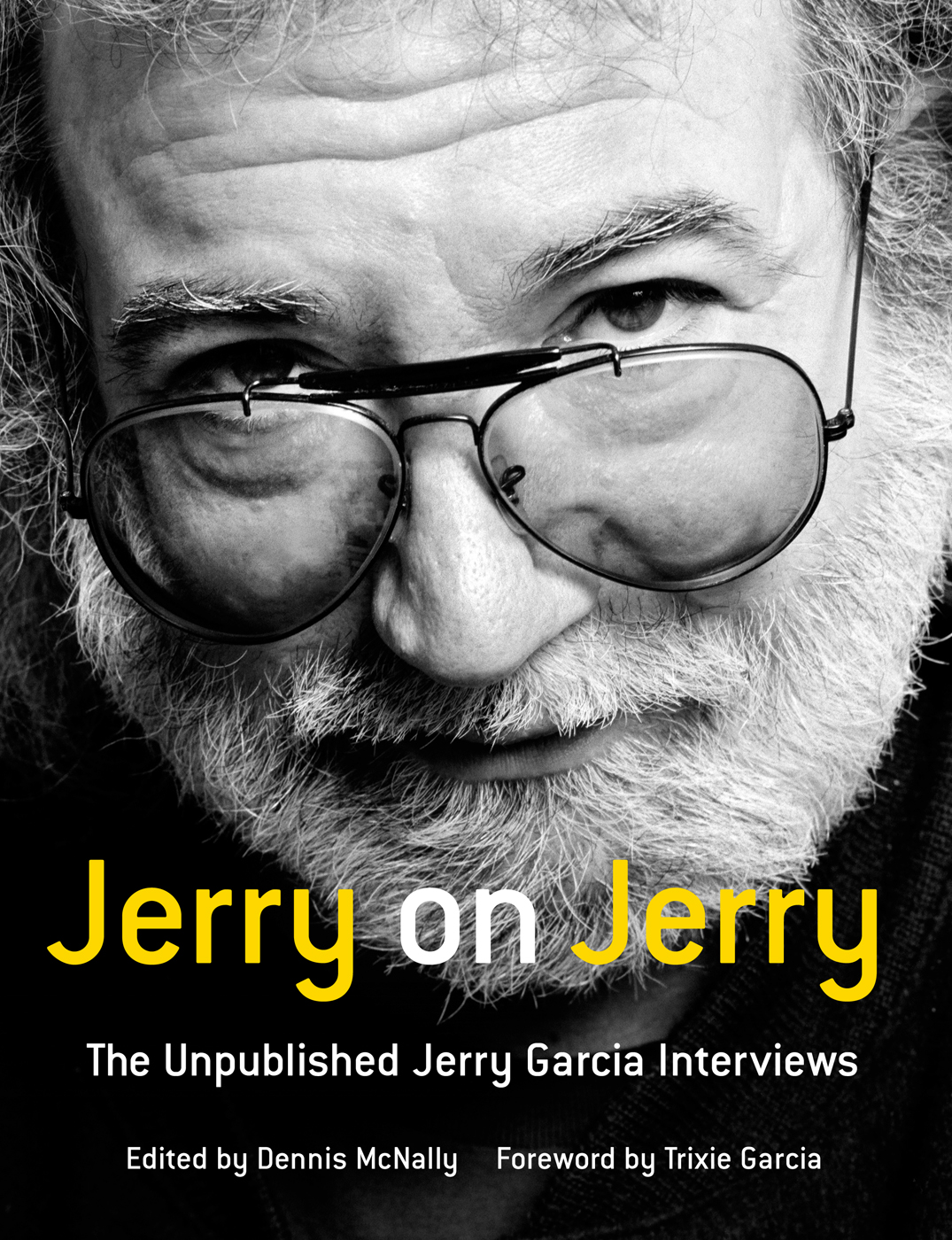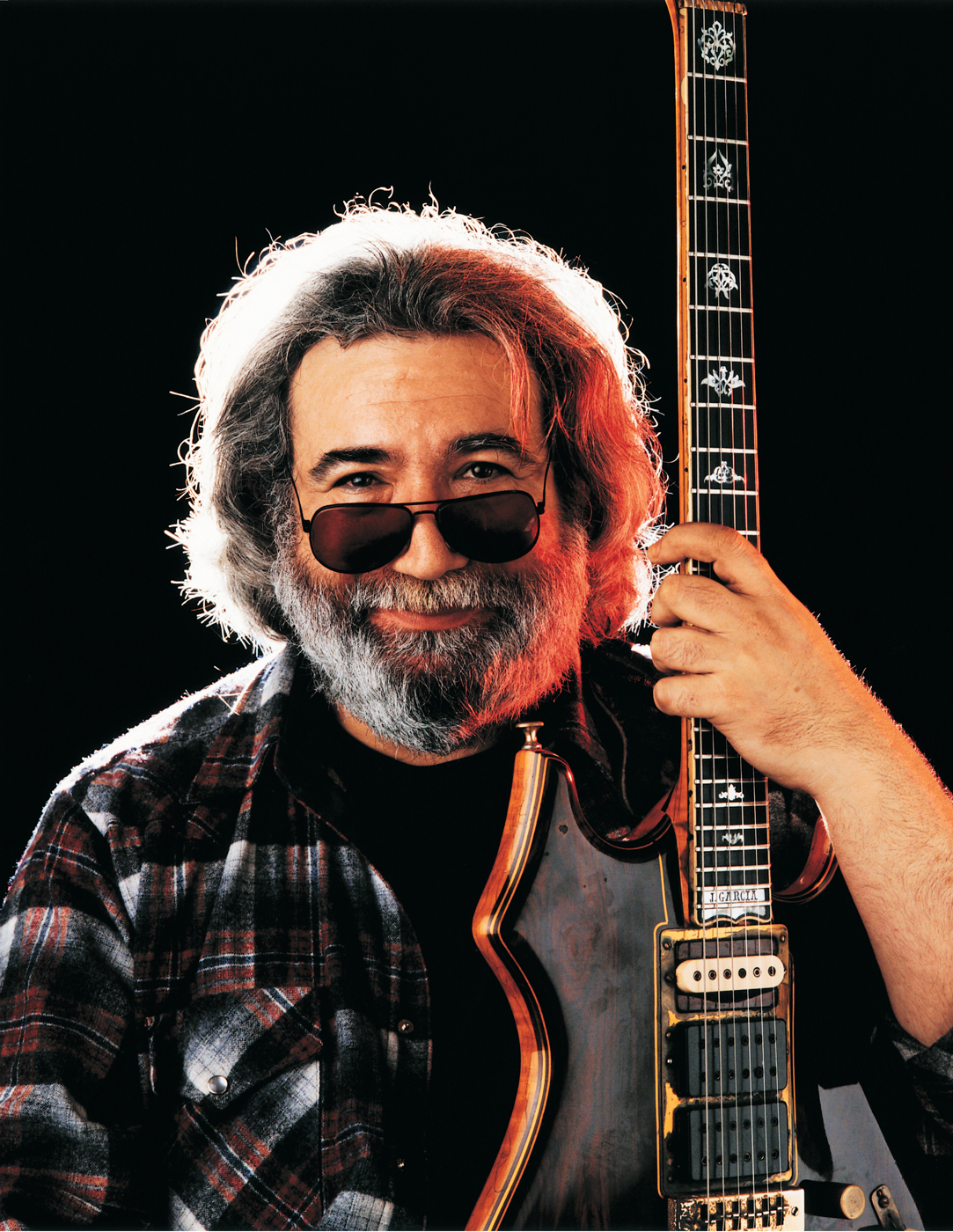T he conversations that went on in my childhood home were typically mind-blowing in one way or another. People may not know how brilliant my Dad was beyond his musical chops, but the fact is he was drawn to anything that would make him go Wow! He always seemed to be on a quest to learn everything he could about things that fascinated him. As a result, he was incredibly knowledgeable on a variety of subjects and always had some cool new thing to talk to people about. Beyond his love of music, Jerrys world was loaded with cosmic jokes, cartoon characters, campy horror flicks, weird coincidences and anything that seemed magical to him.

Trixie and Mountain Girl, 1975.
So its a pleasure to be able to share with you now this rare window into both the fun-loving weirdness and more mysterious corners of my dads inquisitive and insightful mindfrom thoughts on Frankenstein to Weir, sometimes all at once!
Together with Marc Allan and Red Light Management, the Jerry Garcia Family is delighted to bring you these unpublished interviews, art, notes, and photos. The interview tapes were sourced from the Grateful Dead Archive at UC Santa Cruz, under Nicholas Meriwethers watchful eye. The Grateful Dead Archive is a wonderful thing, designed to steward the Grateful Deads legacy through a scholastic point of view. The GD Archive has become part of a greater foundation of the Grateful Dead community and a place for many within the scene to share collections. Dennis McNally, who has, after so many years with the band, become a close family friend, was asked to help set the context of the interviews and lend his invaluable insights. Above all, its Jerrys voice that we want and try to bring you with this book.
The art and handwritten notes are from my own personal collection and that of my mothers: Carolyn Garcia, Mountain Girl. We call this the Garcia Family Archive.
In the difficult years following the coma, my dad was in thrown into recovery mode. He had to relearn the guitar and when he or his fingers needed a break, he would draw. His skill in drawing from time spent as an art student helped him regain coordination and precision. Art became a new high for him. It was a much needed creative outlet for him, along with things like scuba diving, which he adored and which focused his mind.
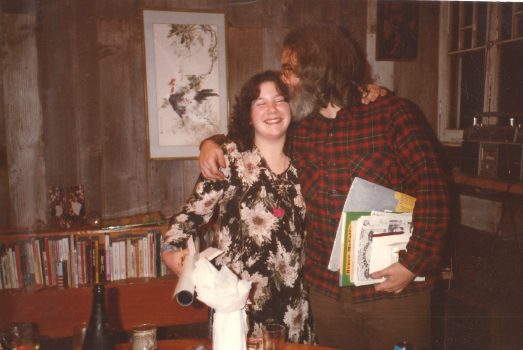
Annabelle and Jerry celebrate Christmas at the Kesey Farm, 1982.
During this time an unending stream of art supplies of increasing complexity funneled into the house, mostly in the form of markers, pocket sketchbooks, and the occasional airbrush set. He would experiment with each new wave of supplies, and he was a talented visual artistexploring materials, textures, techniques, and characters. Most of the art collected here comes from small spiral bound notebooks dating from 1985 through 1991.
Calligraphy was also a favorite exercise for his hands at this time. He filled many pages with nonsensical gibberish and whimsical rhymes, which he wrote in elaborate lettering. Funny-sounding, as well as funny-looking, words were one of his things. I remember laughing with him one day over the silliness of the word fjord. Just laughing and finding fun where he could, Jerrys delight in what he saw as the little absurdities of life was limitless.
I hope you enjoy taking this ride with him.
We miss him dearly.
Trixie Garcia, 2015
Many photographers have been kind enough to share some very special photos of Jerry for this book. Thank you to all the photographers who continue to share their collections with us!
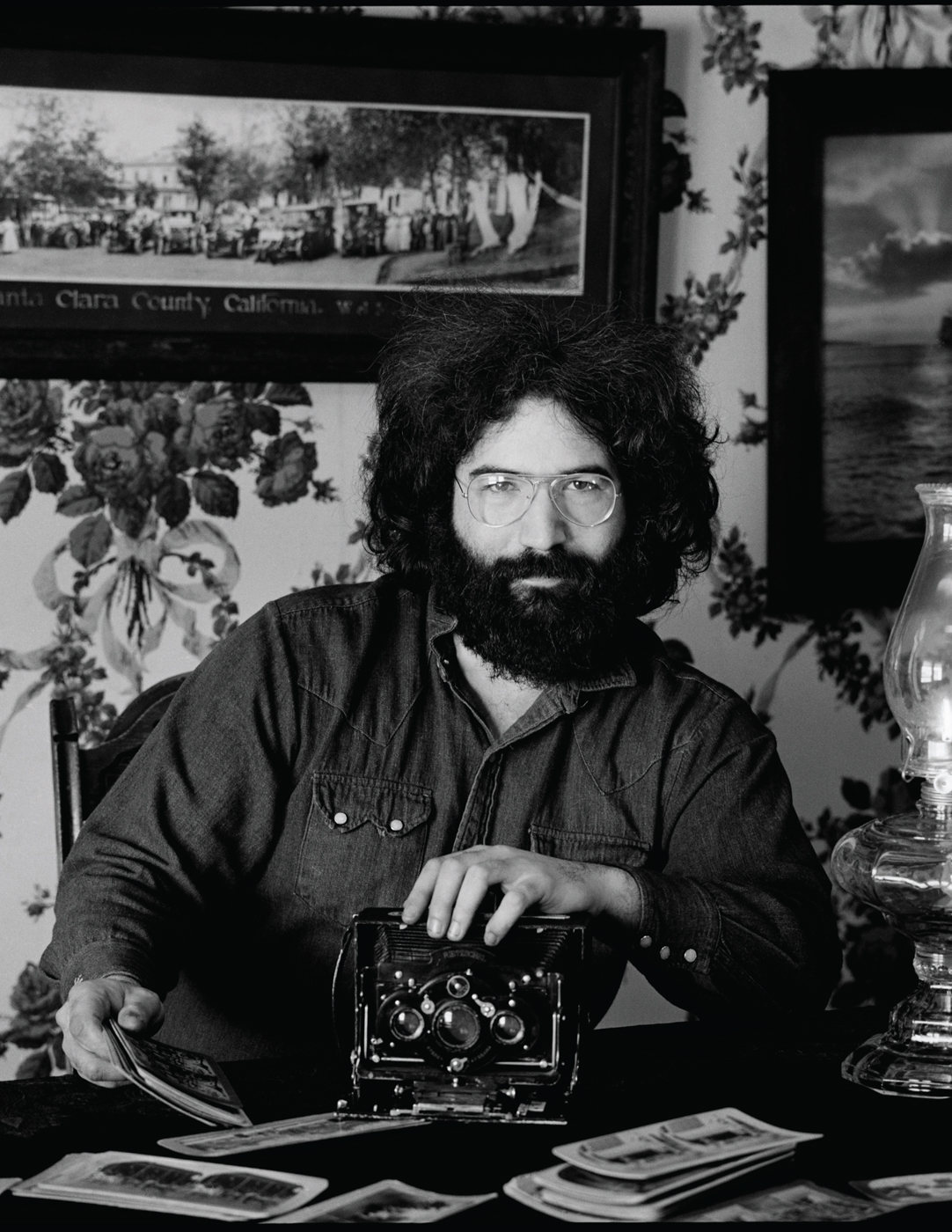
Jerry Garcia, 1969.
V ery few things have been more fun and more stimulating for me than talking with Jerry Garcia. Both his playing and his life rested on dynamic interaction with other people; he listened. That love of, and indeed need for, interaction certainly applied to conversation, which, second to playing music, was probably his favorite activity. Jerry loved to rapnot just to talk, certainly not to hear himself go on, but to communicate, to exchange thoughts, to learn about other people. Even when his poor physical health caused him to be somewhat withdrawn and depressed toward the end of his life, he retained a profound curiosity about the lives of others. The celebrity interview, an opportunity for an artist to talk about himself and to pitch a current endeavor in as brief and efficient a manner as possible, was completely lost on Jerry. I once set him up for a Rolling Stone cover interview to promote a new record. The record barely got mentioned in the piece, and when I called up the interviewer to find out what had happened, he swore, I tried to talk about the record. Jerry wanted to talk about his daughter (Keelin).


